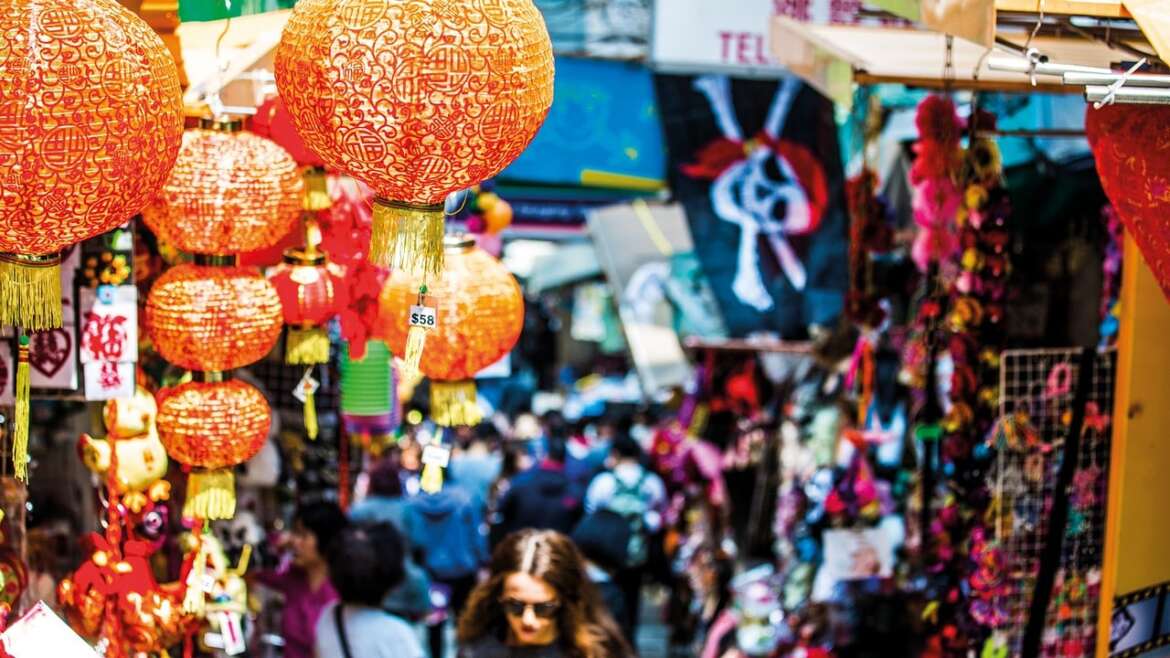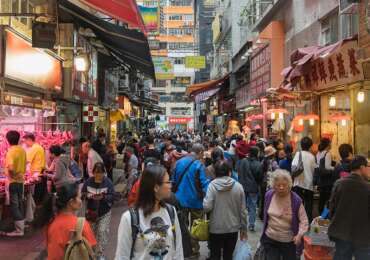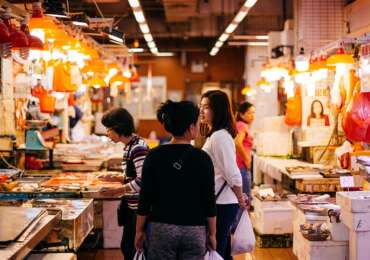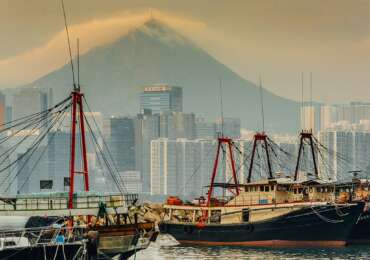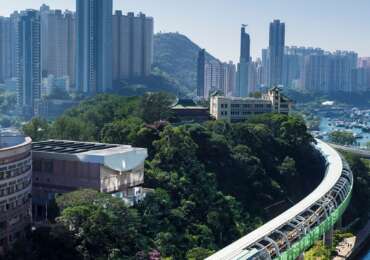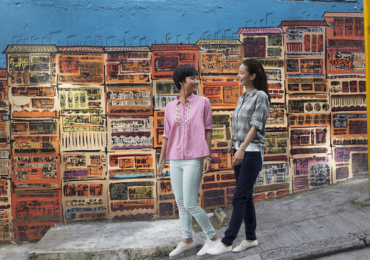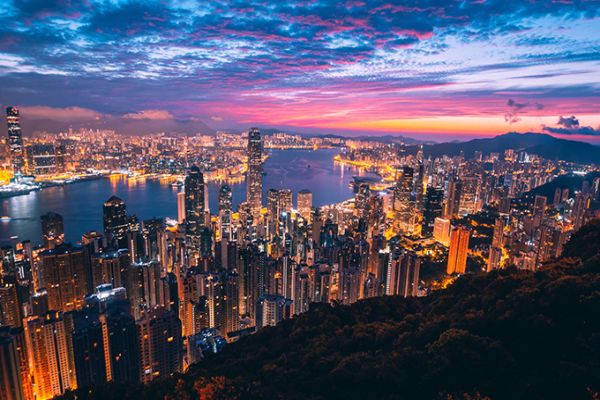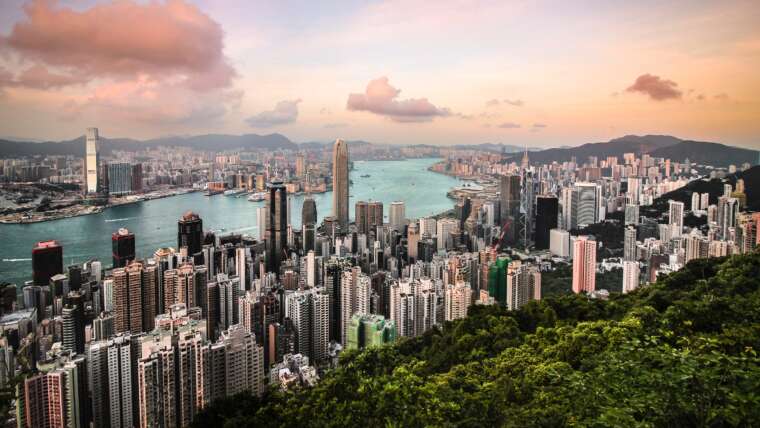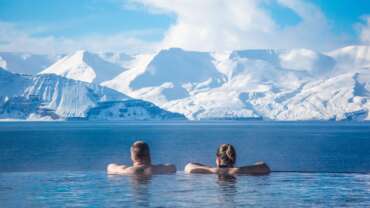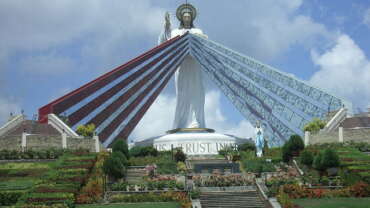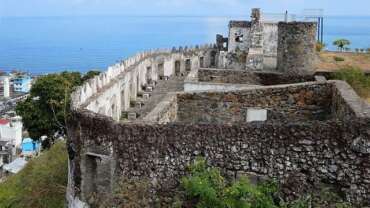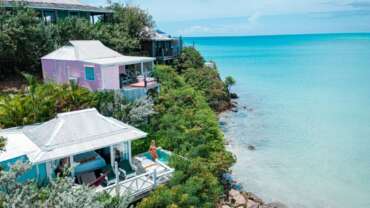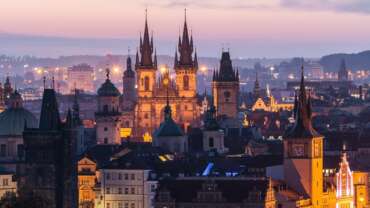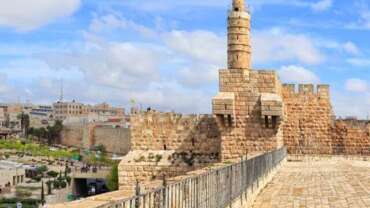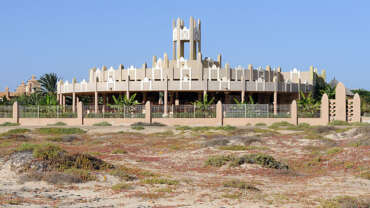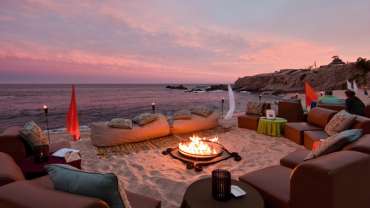Hongkong - “Best of it all, it's in Hong Kong”
Hong Kong, officially the Hong Kong Special Administrative Region of the People’s Republic of China, is a metropolitan area and special administrative region of the People’s Republic of China on the eastern Pearl River Delta of the South China Sea.
The area of Hong Kong (Pinyin: Xianggang; Wade-Giles: Hsiang-kang) has expanded over the years, and it has continued to grow as more land has been reclaimed from the surrounding sea. Hong Kong Island and its adjacent islets have an area of only about 31 square miles (81 square km), while urban Kowloon, which includes the Kowloon Peninsula south of Boundary Street, and Stonecutters Island measure about 18 square miles (47 square km). The New Territories account for the rest of the area—more than 90 percent of the total. The Victoria urban district located on the barren rocks of the northwestern coast of Hong Kong Island is the place where the British first landed in 1841, and it has since been the centre of administrative and economic activities.
Hong Kong developed initially on the basis of its excellent natural harbour (its Chinese name means “fragrant harbour”) and the lucrative China trade, particularly opium dealing. It was the expansion of its territory, however, that provided labour and other resources necessary for sustained commercial growth that led to its becoming one of the world’s major trade and financial centres. The community remains limited in space and natural resources, and it faces persistent problems of overcrowding, trade fluctuations, and social and political unrest. Nevertheless, Hong Kong has emerged strong and prosperous, albeit with a changed role, as an entrepôt, a manufacturing and financial centre, and a vital agent in the trade and modernization of China.
History of Hong Kong
Early settlement
Archaeological remains of pottery, stone implements, rings, and bronzes found on more than 20 sites are evidence of settlements in Neolithic times. The earliest modern peoples in Hong Kong are thought to have come from North China in the 2nd millennium BCE. The Cantonese began to settle in the area about 100 BCE; later came the Hakka, and by the mid-17th century the Hoklo had arrived. Hong Kong was the scene of the last struggles between the declining Ming dynasty and the rising Qing, led by the Manchu.
Before the British arrived in the mid-19th century, Hong Kong Island was inhabited only by a small fishing population, with few features to recommend it for settlement. It lacked fertile soil and fresh water, was mountainous, and was reputed to be a notorious haunt of pirates. But it was a relatively safe and undisturbed base for the British merchants who in 1821 began to use the fine harbour to anchor opium-carrying vessels. The great commercial and strategic significance of this deep, sheltered harbour, possessing east and west entrances and lying on the main trade routes of the Far East, was quickly realized.
After the first Opium War (1839–42), Hong Kong Island was ceded to Britain by the Treaty of Nanjing. The British were never satisfied with an incomplete control of the harbour, however. Less than 20 years later, after the second Opium War (1856–60), China was forced to cede the Kowloon Peninsula south of what is now Boundary Street and Stonecutters Island by the Convention of Beijing (1860). By the Convention of 1898, the New Territories together with 235 islands were leased to Britain for 99 years from July 1, 1898. With this expansion of territory, Hong Kong’s population leaped to 120,000 in 1861 and to more than 300,000 by the end of the century.
Events before and during World War II
Almost since its establishment, Hong Kong, more than any other treaty port, afforded a refuge for runaway persons and capital from China as well as an interim abode for rural emigrants destined for Southeast Asia and beyond. Such movements of Chinese people between China and Hong Kong were free and were highly responsive to the political and economic conditions in China. After the establishment of the Republic of China in 1912, proponents of emerging nationalism sought to abolish all foreign treaty privileges in China. A boycott against foreign goods particularly hurt Britain, which was well established in China. The campaign soon spread to Hong Kong, where strikes in the 1920s caused agitation.
When the Sino-Japanese War broke out in 1937, Hong Kong was once more a refuge, with thousands of Chinese fleeing to it before the advancing Japanese. With the outbreak of war in Europe in 1939, the position of the colony became more precarious, as it was now a target; the Japanese attacked and occupied Hong Kong in December 1941. During the war years Hong Kong’s commerce was drastically impaired; food was scarce, and many residents fled to inland China. The population, which had numbered 1,600,000 in 1941, was reduced to about 650,000 by 1945 when the Japanese surrendered.
Contemporary Hong Kong
British troops returned to the city on August 30, 1945, and civil government was reestablished in May 1946. Meanwhile, hundreds of thousands of Chinese and foreigners returned, and they were soon joined by economic and political refugees from China, who were fleeing the civil war between the Nationalist and communist armies.
People of Hong Kong
Ethnic groups
The overwhelming majority of the population is Chinese by place of origin, the non-Chinese making up only a tiny fraction of the total. Non-Chinese groups consist largely of Asians (primarily Filipinos, Indonesians, and South Asians), with small numbers of non-Asians (mainly Americans, Canadians, and Australians). An overwhelming majority of the Chinese are from Guangdong province and from Hong Kong itself, with smaller numbers coming from other parts of China.
Languages
Chinese and English are both official languages. Chinese, especially Cantonese in the spoken form, is the common language, however, and is almost universally understood. A variety of dialects and other languages are used among the ethnic minorities. Apart from Cantonese, common dialects such as Teochew, Hakka, and Tanka are used within separate communities of the Guangdong and Hong Kong Chinese. Groups from other parts of China are also likely to use their own native dialects, and, similarly, the non-Chinese are likely to use their own native languages among themselves. The use of Mandarin Chinese has risen as Hong Kong has reintegrated with China.
Religion
The majority of Hong Kong’s population does not profess a religion. Those that do practice a wide variety of beliefs. Among the Chinese, followers of Buddhism and Daoism far outnumber other groups; a large number also follow Confucianist beliefs. The numerous Buddhist and Daoist temples and monasteries, some centuries old, play an important role in the daily life of the average Chinese. Although each temple is generally dedicated to one or two deities, it is not unusual to find images of a number of other gods or goddesses inside. For a fishing and trading port, the most significant deities are those associated with the ocean and the weather, such as Dian Hau, the goddess of heaven and protector of seafarers, who is honoured by temples at virtually every fishing harbour. Other leading deities include Guanyin (Avalokitesvara), the Buddhist bodhisattva of mercy; Hong Shing, god of the South Seas and a weather prophet; and Wong Daisin, a Daoist saint and deity. A small proportion of the people are Christians, with somewhat more Protestants than Roman Catholics; there are dozens of Protestant denominations and sects such as Baptist, Lutheran, Anglican, and Methodist. There are also small numbers of Muslims, Hindus, Sikhs, and Jews.
Settlement patterns
The predominantly urban settlements of Hong Kong are typically distributed linearly, following the irregular coastline and transportation routes. The principal urban areas are established on Hong Kong Island and the Kowloon Peninsula, where roughly half of the total population lives. There, most of the population is concentrated around Victoria Harbour, living on the limited flatland that is being continuously extended by reclamation. Many major streets, especially those on the northern shore of Hong Kong Island, as well as the entire industrial district of Kwun Tong and much of the southern tip of the Kowloon Peninsula, have been built on reclaimed land.
Art & Culture of Hong Kong
Cultural milieu and the arts
Hong Kong’s is truly a mixed culture. Not only does the territory celebrate festivals and holidays of the East and the West, such as the Dragon Boat Festival, the Mid-Autumn Festival, the Lunar (Chinese) New Year, Christmas, the Western New Year, and others, but it also enjoys hundreds of annual cultural events ranging from traditional Cantonese and other Chinese regional operas and puppet shows to performances of ballet, theatre, and music and exhibitions of paintings and sculptures by nationally and internationally renowned performers and artists.
The Hong Kong Arts Festival has become one of Asia’s major cultural events, and the Hong Kong Philharmonic Orchestra, the Hong Kong Chinese Orchestra, the Chung Ying Theatre Company, and the City Contemporary Dance Company are among the best-known local artistic groups.
The Hong Kong Conservatory of Music and the Hong Kong Academy of Ballet have been combined into the Hong Kong Academy for Performing Arts, offering full-time diploma courses in dance, drama, music, and technical arts.
Scores of motion pictures are produced every year in Hong Kong, many of which attain international fame; some have even started new trends in the art, such as the so-called kung fu films, and some of their stars (notably Jackie Chan) have achieved international celebrity. The Hong Kong International Film Festival, inaugurated in 1977, is a major event, especially for the display of Asian films. Hong Kong is also a regional as well as an international centre in fashion design and in the cutting and design of ornamental diamonds.
Recreation
Hong Kong’s country park system covers some two-fifths of the land area, and outdoor recreation in parks is a part of the way of life for many of the people. City dwellers use park areas on the urban fringe for walking, running, and practicing tai chi chuan, among other activities, while remoter locations are used for kite flying, picnicking, hiking, cycling, and camping. There are well-organized programs of recreation and sports at the community level. The Ocean Park, one of the world’s largest oceanariums; the Hong Kong Coliseum, a 12,500-seat indoor stadium that is among the largest in Asia; and the 40,000-seat outdoor Hong Kong Stadium are among the best venues for local and international sports events and for musical, cultural, and entertainment programs.
Among the venues constructed for the 2009 East Asian Games hosted by Hong Kong was a sports complex at Tseung Kwan O, New Territories, for track-and-field and football (soccer) events. For those who can afford it, the many inlets and bays in Hong Kong provide a superb setting for pleasure sailing, waterskiing, canoeing, and other aquatic sports; the Hong Kong Yacht Club is one of the most active in the South China Sea region.
Cultural institutions
Apart from the libraries of the major educational institutions, Hong Kong has a system of several dozen public libraries, including mobile ones, focused on the Hong Kong Central Library (opened 2001). Of the museums, major ones include those specializing in history, art, science and technology, and space. The Hong Kong City Hall (a cultural centre), Hong Kong Cultural Centre, and Hong Kong Arts Centre—each a multifunctional facility with several venues—provide the major gallery, theatrical, and concert facilities. In addition, town halls have been established in the new towns and cultural centres in some districts to serve local communities.
Hong Kong Neighbourhoods – Sham Shui Po
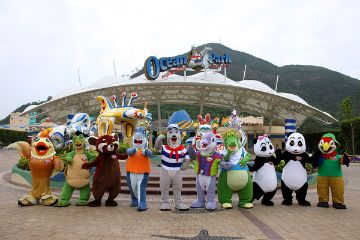
A historical community in Hong Kong with a down-to-earth charisma, Sham Shui Po is home to multiple historic sites, characteristic architecture, religious buildings, local diners, hawker stalls, shopping malls and bazaars. In this Sham Shui Po promotion campaign, diversified travelling experiences of the district are re-integrated under the theme, “Every Bit Local”, to introduce the local hotspots in the district.



